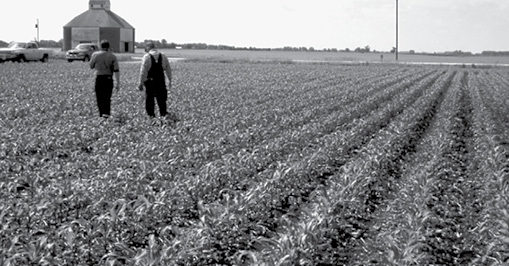No-Till Farmer
Get full access NOW to the most comprehensive, powerful and easy-to-use online resource for no-tillage practices. Just one good idea will pay for your subscription hundreds of times over.

Over the years, I’ve learned how important it is to scout on a timely basis so I can evaluate my management practices.
Scouting begins with crop emergence, especially for corn and soybeans. It’s really important to evaluate crop stands early in the growing season to tell how many plants you started the growing season with.
Then, continue to evaluate stands throughout the season as you scout for weeds, pests and diseases. This will help you determine what factors may be affecting stands and limiting yields.
Early scouting offers the opportunity to correct problems before it’s too late and help attain maximum yields and profitability. Below are 10 pointers for early season scouting:
The edge of the field may look great from the road, but perceptions can change if you actually enter the field and take a closer look. You don’t have to walk the whole field, but you should cover representative areas of the field to make sure you haven’t missed something.
Take notes as you scout fields so you can learn from year to year. Hand records work well, but you may want to graduate to some sort of handheld Palm device with GPS to enhance your record-keeping abilities.
Check with your local Extension service for scouting guides and sampling procedures to use when scouting fields.
Take pictures of crop successes and problems. Diagnostic pictures can…